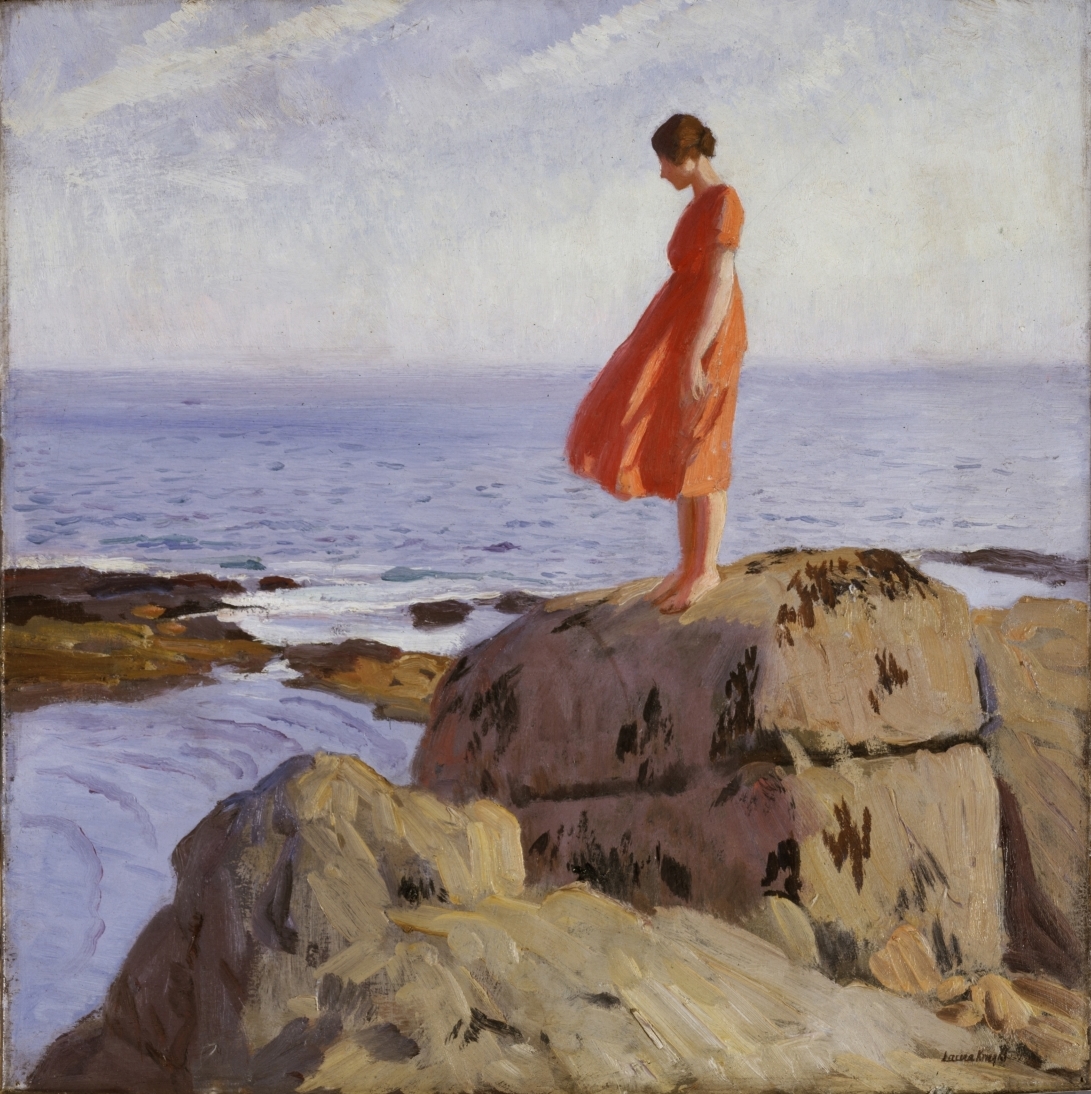Frances (Fanny) Brawne Lindon (Londra, 1800-1865) è nota soprattutto per il suo fidanzamento con il poeta Britannico John Keats (Londra, 1795 - Roma, 1821), esponente del Romanticismo inglese. Questo fatto è rimasto sconosciuto fino al 1878, quando vennero pubblicate le lettere di Keats a lei indirizzate.
Il loro fidanzamento, durato dal dicembre 1818 fino alla morte di Keats nel febbraio del 1821, ha coinciso con gli anni artisticamente più prolifici del poeta.
Mia carissima ragazza,
In questo momento mi sono messo a copiare dei bei versi.
Non riesco a proseguire con una certa soddisfazione. Ti devo dunque scrivere una riga o due per vedere se questo mi assiste nell’allontanarti dalla mia mente anche per un breve momento.
Sulla mia anima non riesco a pensare a nient’altro. È passato il tempo in cui avevo il potere di ammonirti contro la poco promettente mattina della mia vita.
John William Waterhouse | The Soul of the Rose, 1903 (detail)




















